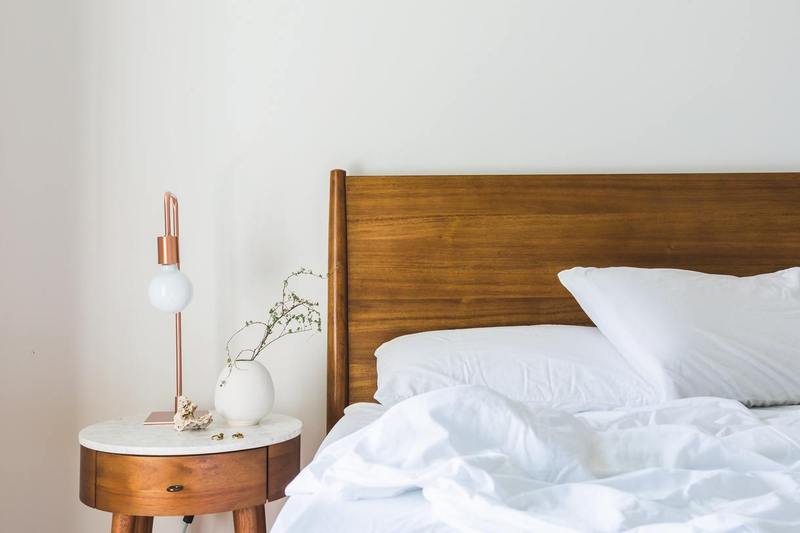
Co-sleeping: What You Need to Know
Co-sleeping. That hot button topic that parents either love or hate, with very little in-between. In case you’re new to the parenting game, and haven’t heard about it yet, co-sleeping is simply when Baby sleeps close to you at night. As with most parenting practices, it comes with its own set of pros and cons, as well as opinions, thoughts, and judgements on the practice. So what’s the deal with co-sleeping? How is it done, is it safe, and is it something you should consider? We’ve got the breakdown!

Types of Co-sleeping
Not even co-sleeping is a one size fits all type of parenting practice! There are two different ways of putting your infant to bed that can still be considered co-sleeping.
Bed sharing. This is the most commonly thought of when someone says co-sleeping. This is, when Baby sleeps in the same bed with you each night. This one is considered the riskiest by many parents and experts, but certainly not all.
Room sharing. This is when Baby’s crib or bassinet is placed in the same room as your bed, and you put them to bed with you each night. Another alternative is to attach a bedside bassinet to your bed, bringing them even closer. If you can easily hear, see, and reach baby, that’s co-sleeping!
So what are the risks?
March of Dimes suggests that the risks associated with bed-sharing are too high — the risk of suffocation and SIDS (or Sudden Infant Death Syndrome) can rise when a babe shares the bed with their parents, especially as small infants under 4 months. In order to safely co-sleep this way, there are a number of safety measures that should be put in place.
Another suggested risk of co-sleeping (both bed-sharing and room-sharing) is that your little one will refuse to return to their own bed and room once they’ve outgrown sleeping with you, or a new little one is joining the nest. Obviously room-sharing makes the transition a bit easier, but both can come with some issues there.
Can it be done safely at all?
Certainly! Many parents choose to co-sleep by sharing a bed, and do so by effectively protecting their little one from harm. Here are a few options:
Nesting your baby. This is a great solution, that can keep your little one close enough to snuggle! Nesting your infant is when you are able to offer them their own “area” to sleep, while still being in the same bed. The best way of doing this is by using a Dock-a-Tot! The Dock does a great job of creating a bed inside of a bed for your newborn — a real bed-ception!
Bed guard. This can do something similar as the Dock does, but can also protect your older little one from rolling off! Many mamas suggest using a mesh guard, so Baby is still able to breathe if they are close to the guard.
Ditch the accessories. We know, you have your bedding exactly how you want it! But when you’re sleeping with your little one, make sure to remove all excess blankets, sheets, and pillows. The less that gets in Baby’s way, the better!
Keep them cool. Your body heat will raise baby’s temperature, so ensure that they’re placed in light, cool clothing each evening. This is yet another reason to limit the number of blankets and pillows on the bed!
Be aware. Know your own sleeping and personal habits–if you smoke (even if you don’t in bed!) don’t bed-share. It can pose additional risks for your little one! If you’re a heavy or restless sleeper, it’s also likely not the best idea.
When you’re ready to transition your little one, you can check our post on transitioning beds here! Just remember that you know your family best — but if you have any concerns at all, make sure to talk to your doctor about it! They’ll have a good idea of what will work best for you and your new bundle!
